|
FindBook
|
|
|
排序:
|
|
|
|
|
|
|
|
|
|
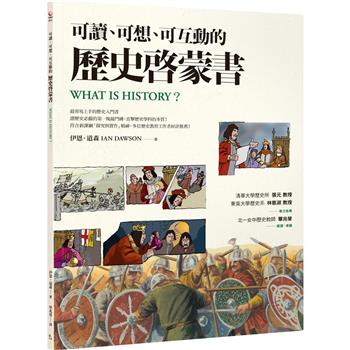 | 作者:伊恩.道森 出版社:究竟出版社股份有限公司 出版日期:2023-09-01 66折: $ 224 |  | 作者:劉潤 出版社:時報文化出版企業股份有限公司 出版日期:2024-08-06 66折: $ 277 |  | 66折: $ 429 | 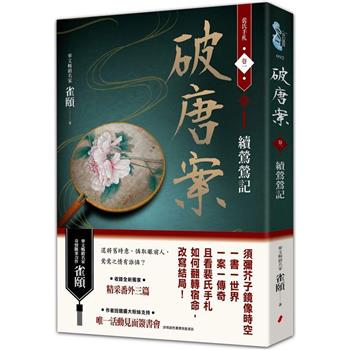 | 66折: $ 251 | |
|
|
 | 作者:あらた六花 出版社:青文出版社股份有限公司 出版日期:2025-05-15 $ 158 | 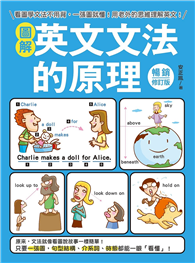 | 作者:安正鳳 出版社:語研學院 出版日期:2020-04-09 $ 299 |  | 作者:いたち 出版社:東立出版社 出版日期:2025-05-05 $ 324 | 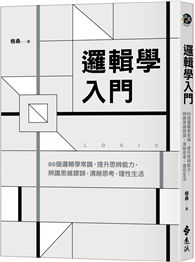 | 作者:格桑 出版社:遠流出版事業股份有限公司 出版日期:2024-04-26 $ 268 | |
|
|
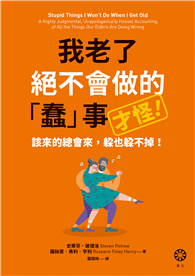 | 作者:史蒂芬.彼德洛、羅森.弗利.亨利 出版社:橡樹林 出版日期:2025-05-08 $ 282 |  | 作者:哈拉瑞 出版社:未來出版 出版日期:2025-04-07 $ 360 | 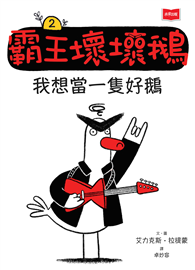 | 作者:艾力克斯.拉提蒙 出版社:未來出版 出版日期:2025-04-07 $ 240 |  | 作者:飛田ニキイチ 出版社:台灣角川 出版日期:2025-05-08 $ 110 | |
|
|
|
|
|
|

![0]()